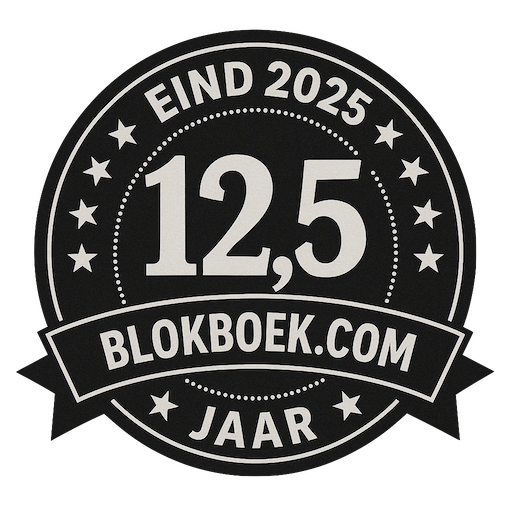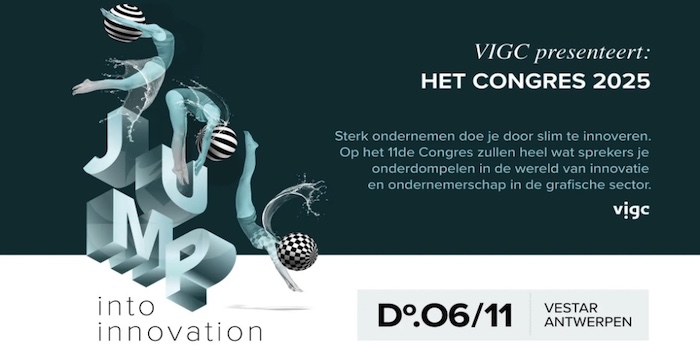Laurel Brunner’s Verdigris Blog: Environmentally Friendly Substrates
 One of the biggest concerns with print’s environmental impact is disposing of it when it reaches end of life. Fortunately we have in place robust paper recycling supply chains and there is a thriving industry in paper recovery and reuse.
One of the biggest concerns with print’s environmental impact is disposing of it when it reaches end of life. Fortunately we have in place robust paper recycling supply chains and there is a thriving industry in paper recovery and reuse.
There is a less well developed model for recycling non-paper substrates such as discarded vinyls and foamboard, which generally go to landfill or get incinerated. However changes to materials come about almost daily as developers strive to meet new customer requirements as well as to improve their environmental performance. Customers want jobs produced more quickly, with quality that matches or exceeds ISO 12647-2 and at low cost. They are also concerned about environmental impact, particularly in regions where there is a cost for disposal or the threat of regulation looms large.
Materials provide print buyers and service providers with a means of differentiating their products and messages. However new materials tend to create new requirements for printheads, for instance faster and more accurate imaging and faster drying times. Such new substrates require stable, consistent and reliable inks, but as more digitally printed materials enter into waste streams these inks must be amenable to deinking processes. As printhead technology evolves, faster imaging and raster image processing will be able to support substrates than can be run even faster, so the whole cycle begins again. None of this would be problematic if the expense were no object, but of course it is so materials scientists must be able to invent materials that are cost effective.
Making these materials more environmentally friendly or using alternatives will help improve print’s environmental impact. For instance in many sign and display applications, textiles are replacing vinyl and PVC. Textiles can be more readily disposed of and they can be easier to work with in many signage applications.
The point here is that every technology iteration has a ripple effect that gradually improves environmental impact throughout supply chains. This enhances print’s sustainability and broadens the range of environmentally friendly media print buyers can use. It’s a slow process, but it is a process that gradually improves the performance of print across applications and its recyclability.
Laurel Brunner

Dit blog wordt mogelijk gemaakt dankzij de bijdrage van: Agfa Graphics (www.agfa.com), Digital Dots (http://digitaldots.org), drupa (www.drupa.com), EFI (www.efi.com), Fespa (www.fespa.com), Heidelberg (www.uk.heidelberg.com), Kodak (www.kodak.com/go/sustainability), Mondi (www.mondigroup.com/products), Pragati Offset (www.pragati.com), Ricoh (www.ricoh.com), Shimizu Printing (www.shzpp.co.jp), Splash PR (www.splashpr.co.uk), Unity Publishing (http://unity-publishing.co.uk) and Xeikon (www.xeikon.com).
BlokBoek.com is de Nederlandse media-partner van Verdigris, een non-profit initiatief dat de werkelijke voetprint van druk- en printwerk die drukwerk achterlaat eerlijk in kaart wil brengen en dat bedrijven en organisatie steunt om die voetprint te verlagen.
Meer informatie over Verdigris vindt je via deze link.

De trainingen voor 2022 staan gereed. Kijk voor het volledige online aanbod van bestaande- en nieuwe trainingen op de website.
BLOKBOEK.COM EN PRINTMEDIANIEUWS: HET OPTIMALE DOELGROEP BEREIK


















